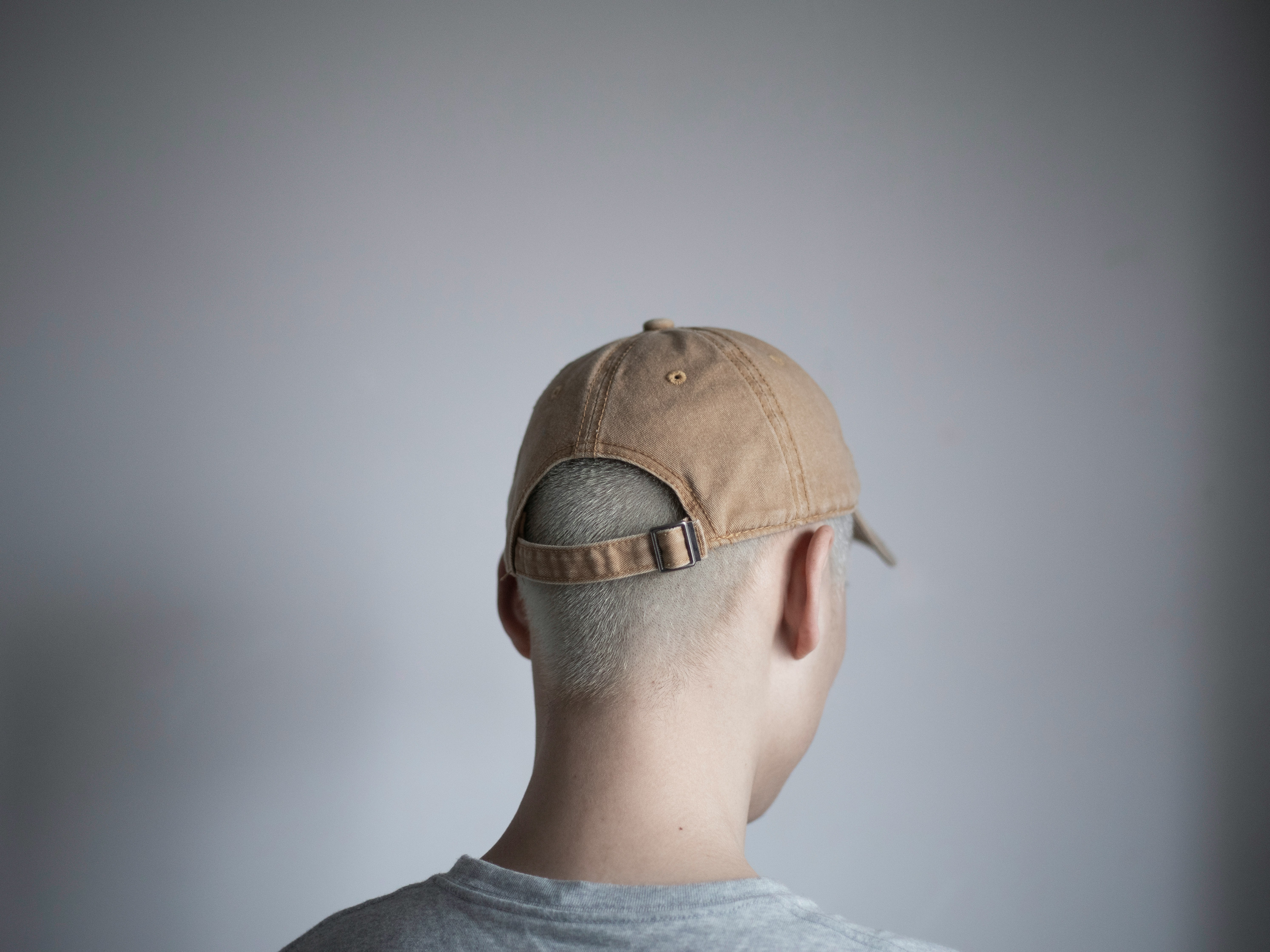Lede: If one ear has checked out—suddenly or slowly—you’ve likely discovered how exhausting the modern soundscape is with a single input. The good news: today’s treatments don’t just “make it louder.” They turn down the daily struggle by routing, restoring, and retraining how you hear. Here’s how to choose a path that fits your life and goals.
First things first: what single-sided deafness feels like
Single-sided deafness (SSD) means one ear has little to no usable hearing while the other ear hears normally or near-normally. People often describe:
- Missing what’s said on the “bad side,” especially in groups or restaurants.
- Difficulty telling where sound comes from (localization), which affects safety and confidence.
- A “wall of noise” on the deaf side—fatigue from constantly swiveling the good ear to everything.
- Tinnitus (ringing) in the deaf ear, sometimes intense.
Why it’s so hard: with two ears, your brain uses tiny timing and loudness differences to separate speech from noise and pinpoint sound. With SSD, the head shadow blocks higher-pitched speech cues reaching your good ear, and your brain loses binaural (two-ear) advantages that normally make listening feel effortless.
Quick note: if you recently lost hearing in one ear over hours to days, it’s a medical urgency. Seek rapid in-person care from an ENT or emergency department. Timely treatment matters.
Your three main treatment paths
Each option aims at a different problem. Think of them as tools, not rivals:
- Sound routing (CROS/BiCROS hearing aids, bone-anchored devices): send sound from your deaf side to your better ear to beat the head shadow. Boosts awareness, not true two-ear hearing.
- Sound restoration (cochlear implant for SSD): stimulates the deaf ear so your brain can use binaural cues again. Potential gains in localization, speech-in-noise, and tinnitus relief for many.
- Support tech (remote microphones, captioning, room acoustics) and rehab: reduces effort everywhere you actually live and work.
Option 1: CROS and BiCROS hearing aids (non-surgical)
What they do
CROS (Contralateral Routing of Signals) places a small microphone on your deaf side and wirelessly sends that sound to a receiver in your better ear. BiCROS does the same, but also amplifies the better ear if it has hearing loss.
Where they shine
- Conversations to your bad side: you won’t miss the person seated there.
- Meetings and dining out: better access in a circle of talkers when the talker is on the deaf side.
- Zero downtime: fit-and-go solution, adjustable, and fully reversible.
Limits to know
- No true localization: it routes sound to one ear; your brain still receives a single stream.
- Noise: in very noisy places, routing more sound into the good ear can feel busy. Modern devices offer directional mics and noise management, but trial matters.
How to trial
- Ask your audiologist for an in-clinic demo and, if possible, a take-home trial in your real-world hotspots (your office, favorite cafe, commute).
- Practice “bad-side” seating: put companions on your deaf side to let the CROS earn its keep.
Option 2: Bone-anchored systems (BAHA/Osia and similar)
What they do
These devices pick up sound from the deaf side and send it through bone vibration to your functioning cochlea on the better side. They can be non-surgical (headband/softband) or surgical (a small implant under the skin or an abutment through the skin with a sound processor clipped on).
Where they shine
- Hands-free awareness from the deaf side without wearing a receiver in the good ear.
- Useful for people who can’t or don’t want ear-level devices in the good ear (eczema, chronic ear drainage, or preference).
- A clinic softband trial gives you a realistic preview before surgery.
Limits to know
- Like CROS, these route sound rather than restore two-ear hearing—localization remains limited.
- Surgical considerations: skin care around an abutment or magnet; healing time before full use.
The practical path
- Start with a softband/adhesive trial to judge comfort and benefit.
- Discuss surgical pros/cons and candidacy with an ENT surgeon; many procedures are outpatient with a short recovery.
Option 3: Cochlear implant (CI) for single-sided deafness
What it does
A CI bypasses damaged inner-ear hair cells in the deaf ear and directly stimulates the auditory nerve with electrical signals. With practice, your brain can combine input from both ears again—unlocking binaural advantages you’ve been missing.
Potential benefits
- Better speech-in-noise when your brain can use two inputs to separate voices from clutter.
- Improved localization compared with routing options in many studies.
- Tinnitus reduction in the implanted ear for many users, sometimes dramatically.
Realistic expectations
- It’s a journey, not a switch. Most adults notice improvements over weeks to months with consistent wear and rehab.
- Sound quality starts “electronic” and becomes more natural as your brain adapts.
- Outcomes vary; your specific history, nerve health, and practice matter.
Candidacy snapshots
- Severe-to-profound loss in one ear with normal or near-normal hearing in the other.
- Medical evaluation by an ENT/otologist, imaging, and functional testing.
- Insurance coverage for SSD varies—your clinic can help you verify.
Risks and timeline
- Outpatient surgery, typically 1–2 hours; activation about 2–4 weeks later.
- Common temporary effects: dizziness, taste changes, or ear fullness; serious complications are uncommon but discussed with your surgeon.
How to choose: match options to your goals
Start with your biggest pain points
- “I miss anyone on my left/right.” Try CROS or a bone-anchored trial first. These directly attack the head shadow and are quick to test-drive.
- “I need better group conversation and direction of sound.” Ask about CI for SSD. It’s currently the only option that can restore binaural hearing for many.
- “My tinnitus is stealing my focus.” Any option may help by increasing auditory input; CI often offers the strongest tinnitus suppression for SSD.
Personal factors
- Comfort and cosmetics: prefer nothing in your good ear? Bone-anchored or CI. Want a fully reversible, no-surgery path? CROS/BiCROS.
- Budget and coverage: device and surgery coverage differs widely. Ask your clinic for a benefits check before deciding.
- Work and lifestyle: frequent headset use, helmets, or hats can favor one device style over another.
What about “just a hearing aid” on the deaf ear?
Traditional amplification needs working inner-ear hair cells and usable word recognition. In true SSD, the inner ear can’t deliver clarity no matter how loud you amplify. That’s why routing or cochlear implantation are the go-to strategies. Your audiologist can run word recognition and other tests to clarify whether the ear is “aidable.”
Support tech: the quiet superpower that helps every option
- Remote microphones: clip one on a teacher, boss, or dinner companion and stream directly to your device (CROS/BiCROS, bone-anchored processor, or CI). It’s like moving the talker to your ear.
- Live captioning: smartphone apps, Zoom/Meet captions, and CART services reduce cognitive load in fast meetings.
- Room tweaks: soft furnishings, rugs, and strategic seating (good ear to the room, not to the wall) can change your day immediately.
Rehab: teach your brain the new playbook
Whether you route or restore, give your brain time in the new listening world.
- Daily wear: consistency accelerates adaptation.
- Targeted practice: start with simple speech at home, then podcasts, then real-world noise. With a CI, many clinics offer structured auditory training programs.
- Measure wins: track “number of repeats” in meetings, time to mental fatigue, and your confidence in traffic. These practical metrics matter as much as test scores.
The try-before-you-commit checklist
- In-clinic simulations: test CROS and bone conduction on your own voice and a friend’s voice from your deaf side.
- Take-home trial: at least a week across your toughest environments.
- Softband bone trial: feel the comfort and benefit before considering surgery.
- CI consult: get a candidacy screen and a tour of expectations, costs, and rehab plan—even if you’re leaning non-surgical. Knowledge reduces regret.
Costs, coverage, and timelines (high level)
- CROS/BiCROS: device cost only; fittings typically same day or within weeks. Coverage varies.
- Bone-anchored: device and possible surgery; softband trials are low-cost ways to preview benefit. Surgical healing before full use may take weeks.
- Cochlear implant: surgery plus device; activation after healing, then progressive programming and rehab. Coverage for SSD is expanding; clinics can check your plan.
Gentle next steps
You don’t have to navigate this alone. Book with an audiologist for hands-on trials and an ENT/otologist for medical candidacy and surgical questions. Bring your toughest environments and your personal “win list.” The best treatment is the one you’ll happily use every day.
FAQ
Further Reading
- When One Ear Goes Quiet: Real-World Treatments for Single‑Sided Deafness (Treatment) - Single-Sided Deafness in Adults: CROS, Bone-Anchored, or Cochlear Implant? (Treatment) - Hearing With One Ear? Real‑World Treatments for Single‑Sided Deafness (Treatment) - One Good Ear: Thriving with Single‑Sided Deafness and Asymmetric Hearing Loss (Hearing Loss)Frequently Asked Questions
Will any of these options make my hearing “normal” again?
All options can reduce the daily burden and improve access to sound. CROS and bone-anchored devices route sound and improve awareness; they don’t restore true two-ear hearing. A cochlear implant can restore input to the deaf ear and may improve localization, speech-in-noise, and tinnitus for many people, but outcomes vary and adaptation takes time.
How do I know if I’m a candidate for a cochlear implant with single-sided deafness?
Candidacy is based on the degree of hearing loss in the affected ear, the status of the good ear, word understanding, medical imaging, and overall health. An audiologist and ENT/otologist work together to evaluate you. Coverage for SSD varies; clinics can help verify benefits before you decide.
Can I try a bone-anchored device without surgery?
Yes. Many clinics offer a softband or adhesive trial that holds the sound processor against the skull to simulate benefit. It’s an excellent way to compare with CROS before considering surgery.
Will treatment help my tinnitus in the deaf ear?
Increasing sound input often reduces tinnitus perception. CROS and bone-anchored systems can help some people by improving environmental sound. Cochlear implants provide tinnitus relief for many SSD users, sometimes significantly, though results vary.



